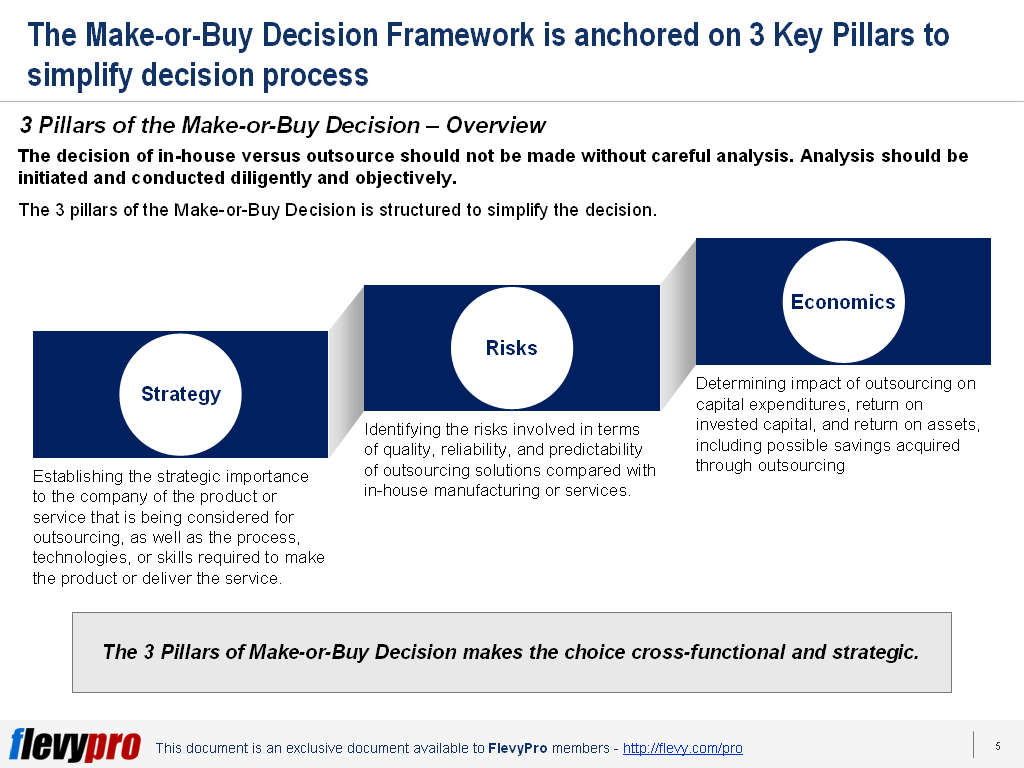How to Make Informed Decisions in High-Volatility Markets

High-volatility markets can be daunting and overwhelming, especially for individual investors and traders. With prices fluctuating rapidly and unpredictably, it’s challenging to make informed decisions that align with your investment goals. However, it’s essential to stay calm, focused, and strategic in such environments. In this article, we’ll explore the essential factors to consider when making informed decisions in high-volatility markets and provide practical tips to help you navigate these turbulent waters.
Understanding Volatility
Before we dive into the how-to section, it’s crucial to understand what volatility is. Volatility refers to the fluctuations in the value of an asset, such as stocks, commodities, or currencies, over a given period. High-volatility markets are characterized by significant and rapid price movements, making it challenging to predict the direction of the market.
Identifying Your Investment Goals
The first step in making informed decisions in high-volatility markets is to identify your investment goals. Are you a long-term investor looking to grow your wealth over time, or are you a trader seeking to make quick profits? Understanding your goals will help you determine the level of risk you’re willing to take and the investment strategies you should employ.
Assessing Your Risk Tolerance
Risk tolerance is a critical factor in high-volatility markets. Are you comfortable with the potential for significant losses, or do you prefer more conservative investments? It’s essential to assess your risk tolerance and adjust your investment strategy accordingly.
Diversification is Key
Diversification is a fundamental principle of investing, and it’s even more critical in high-volatility markets. Spreading your investments across different asset classes, sectors, and geographic regions can help reduce your exposure to any one particular market or sector.
Market Analysis
High-volatility markets require real-time market analysis to stay informed and make informed decisions. This includes staying up-to-date with economic indicators, news, and market trends. You can use technical analysis tools, such as charts and graphs, to identify patterns and trends in the market.
Portfolio Rebalancing
Rebalancing your portfolio is essential in high-volatility markets. As market conditions change, your portfolio may become imbalanced, exposing you to unnecessary risks. Regularly reviewing and rebalancing your portfolio can help you maintain your target asset allocation and reduce risk.
Staying Disciplined
Staying disciplined is critical in high-volatility markets. It’s easy to get caught up in the excitement of rapid price movements and make impulsive decisions, but this can lead to significant losses. Stay focused on your investment goals and avoid making emotional decisions.
Embracing the Power of Diversification
Diversification is a powerful tool in high-volatility markets. By spreading your investments across different asset classes, sectors, and geographic regions, you can reduce your exposure to any one particular market or sector.
Hedging Against Risk
Hedging against risk is another essential strategy in high-volatility markets. This involves using derivatives or other instruments to mitigate potential losses. For example, you can use options to limit your exposure to downward price movements.
Staying Informed
Staying informed is critical in high-volatility markets. This includes staying up-to-date with economic indicators, news, and market trends. You can use financial news websites, social media, and other resources to stay informed and make informed decisions.
Conclusion
Making informed decisions in high-volatility markets requires a combination of knowledge, discipline, and strategy. By understanding the factors that drive market volatility, identifying your investment goals, and staying informed, you can navigate these turbulent waters and achieve your investment goals.
Call to Action: Share this article with your friends and family to help them navigate the challenges of high-volatility markets.



